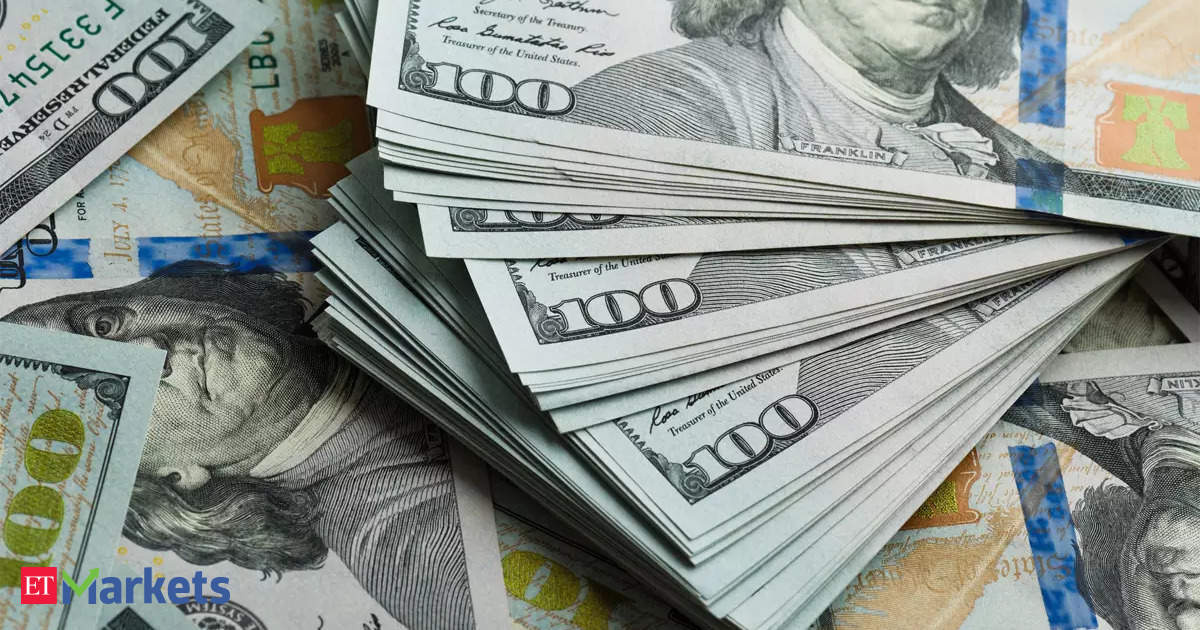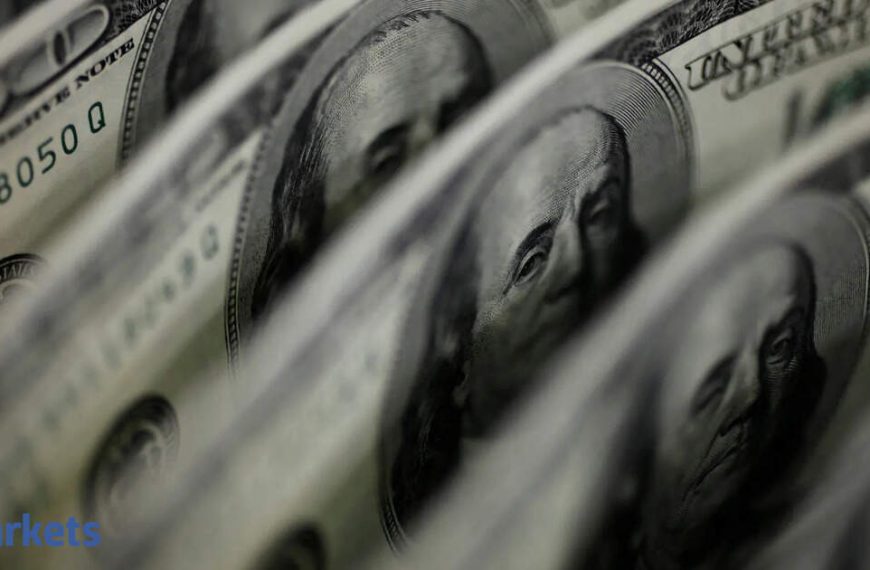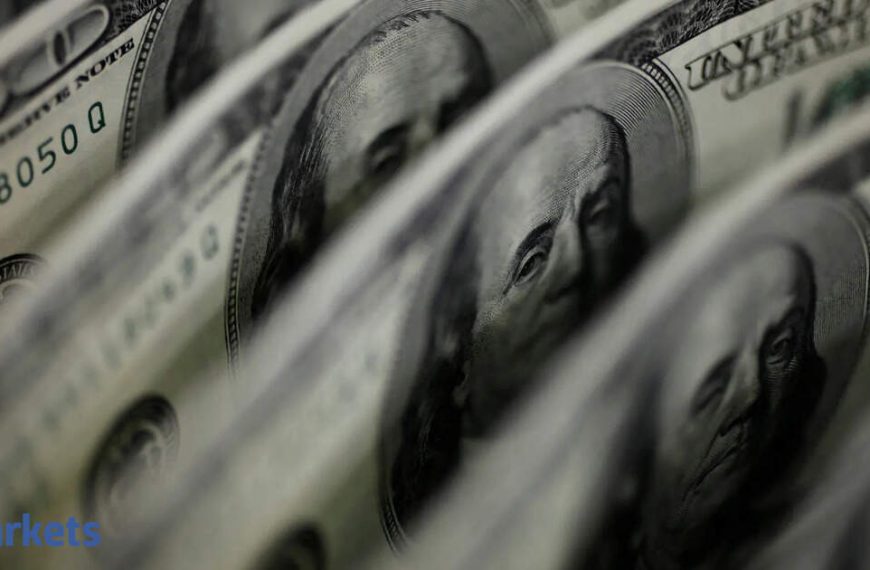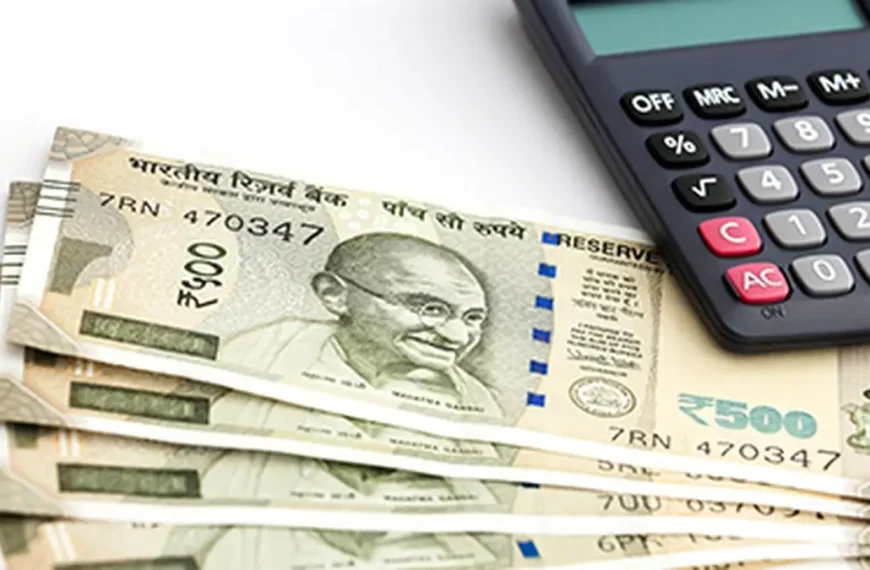The U.S. dollar surged to a three-week high against the Japanese yen early Tuesday, buoyed by robust service sector data and a cautiously optimistic outlook regarding tariffs. This uptick in the dollar’s value reflects a broader strength across various currencies, highlighting market reactions to recent economic signals and geopolitical developments.
Dollar’s Climb Against the Yen
The dollar experienced a significant rise, climbing 0.9% to surpass 150 yen before reaching a peak of 150.92 yen in early Asian trading. Analysts attribute this movement to President Donald Trump‘s recent comments suggesting that not all proposed tariffs would be implemented on April 2, potentially easing market anxieties surrounding U.S. economic growth.
- Key figures:
- Dollar up 0.9% against yen.
- Hit a three-week high of 150.92 yen.
Impact of U.S. Economic Data
Positive data from S&P Global’s flash U.S. PMI revealed a strong services sector, which pushed U.S. yields higher. Conversely, Japan’s services and manufacturing sectors are showing signs of contraction, further weakening the yen. The dollar also made strides against the euro, hitting $1.0781, as the euro’s strong rally began to lose momentum.
- Services sector strength:
- U.S. services data boosts dollar.
- Japanese sectors in contraction.
Market Reactions and Future Outlook
Despite the dollar’s recent gains, uncertainties remain regarding the implications of potential tariffs on the economy. Trump has signaled that automobile tariffs may be forthcoming, complicating the market’s response to these developments. Data from the Commodity Futures Trading Commission indicated that speculators turned net bearish on the dollar for the first time since October, although sentiment is still near neutral.
Brent Donnelly, President of Spectra Markets, noted, "It seems like nobody knows what to do with the USD." This uncertainty reflects the complexity of tariff impacts on the dollar, especially with upcoming announcements expected to clarify the situation.
- Market sentiment:
- Speculators turn bearish on the dollar.
- Uncertainty looms over tariff impacts.
Currency Performance Highlights
The Australian dollar found some stability amid optimism regarding Trump’s tariff approach, holding steady at $0.6282. Meanwhile, the New Zealand dollar dipped to its lowest point in a week at $0.5725. Bitcoin also saw a boost, climbing approximately 3% to trade around $87,400.
- Additional currency snapshots:
- Australian dollar: $0.6282.
- New Zealand dollar: $0.5725.
- Bitcoin: $87,400.
As the financial landscape evolves, investors will be keeping a close watch on both economic indicators and tariff developments, which could significantly influence currency markets moving forward.











